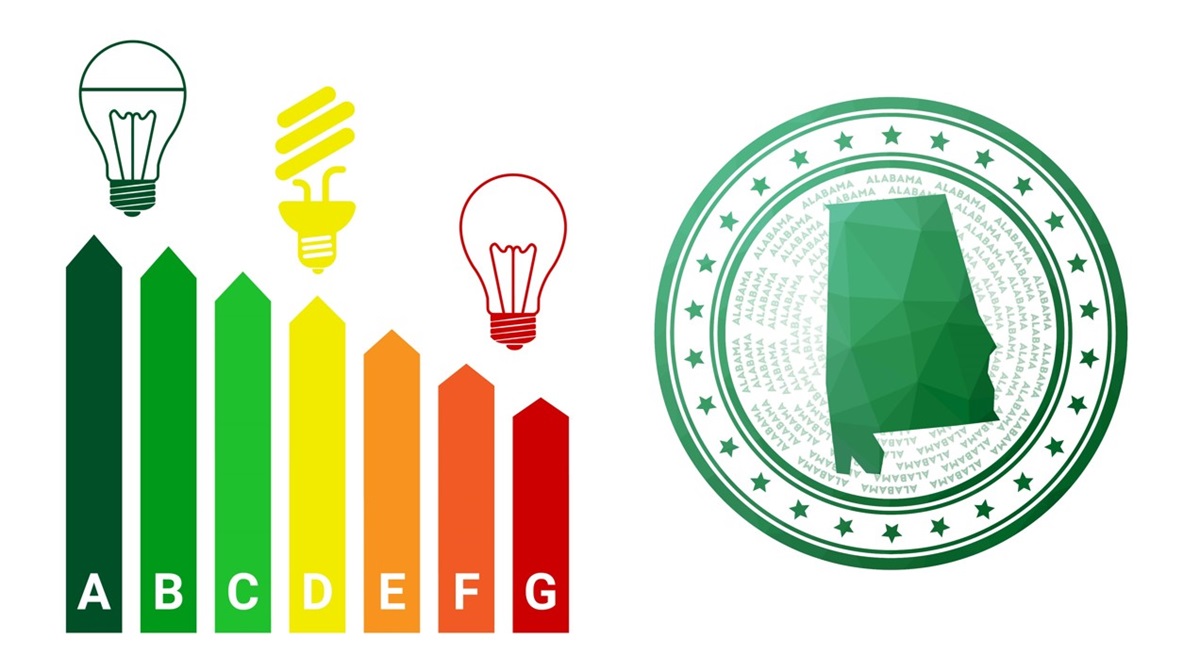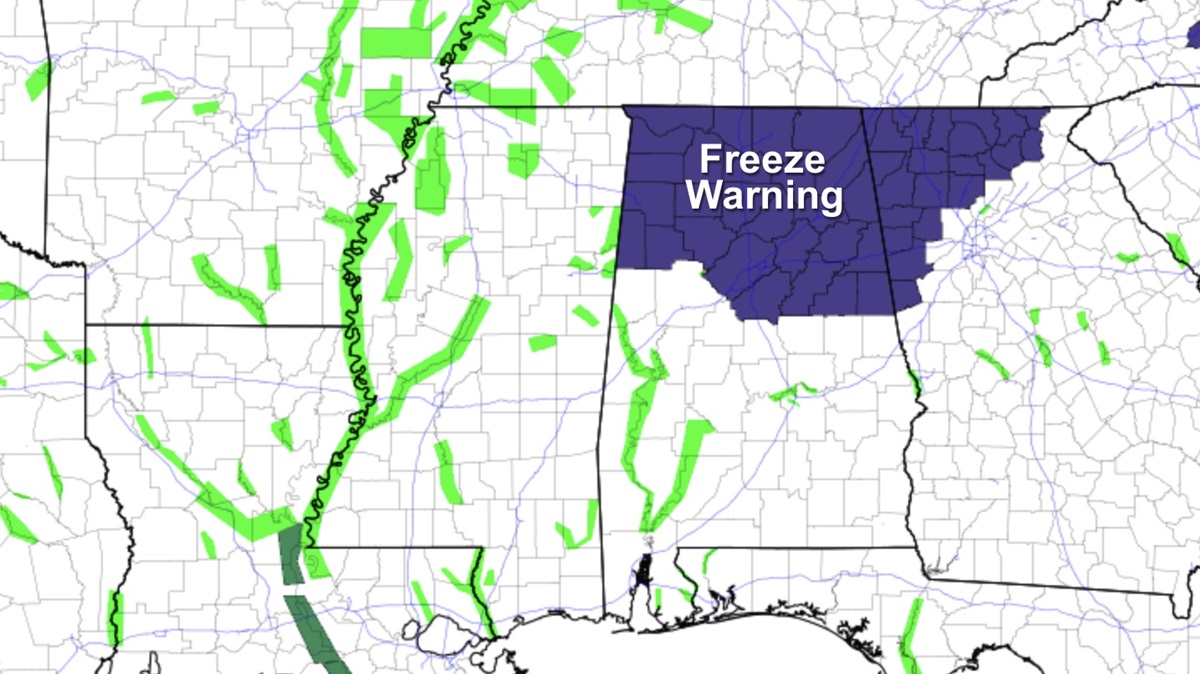Alabama has nation’s second-highest gains in graduating students

A push to raise high school graduation rates in Alabama appears to be working, as the number of students earning diplomas has far exceeded the national average, particularly among traditionally underserved students.
According to a recent report released by the U.S. Department of Education, Alabama had the nation’s second-highest gains in graduation rates, increasing from 80 percent in 2012-13 to 86.3 percent in 2013-14. The national graduation rate is 81 percent.
Delaware saw the highest increase, with 87 percent of students graduating on time in 2013-14, up from 80.4 the year before. Other states with large gains include Oregon, West Virginia and Illinois.
Huffman High School sees significant jump in graduation rates from Alabama NewsCenter on Vimeo.
“This success is directly attributable to the dedicated teachers, leaders, support staff, parents, community partners and students who have embraced our goal of 90 percent graduation rate by 2020 and as a result have developed some of the most student-centric programs in the nation,” said state Superintendent Tommy Bice.
Plan 2020, Alabama’s new accountability system, calls for all high schools to have at least a 90 percent graduation rate by 2020. School systems are given leeway in what programs and classes they offer in order to meet that goal. They’ve also been given the freedom to use innovative programs and teaching methods.
“From offering high school courses at night so students who need to work during the day can remain in school, to online classes taught by our Alabama teachers 24/7, to comprehensive support programs in coordination with other community groups, the options are limitless and continue to emerge based on the needs of our students,” Bice said.

Principal Lyons addresses Huffman High School School students. “We changed the culture and climate of the school and have gotten more involvement from the community and the parents.”
According to the report, Alabama saw increases among its minority students, as well as its poor students and those with limited English proficiency. English Language Learners had the biggest percentage point increase, 23 percentage points, followed by Hispanic students, 11 percentage points. Economically disadvantaged students saw their graduation rates increase by 9.7 percentage points.
The only subgroup that saw a decline in its graduation rate was special-needs students, which dropped from 76.9 percent to 64.4 percent.
Birmingham’s Huffman High School increased its graduation rate 20 percentage points from 70 percent in 2012-13 to 90 percent in 2013-14.
Principal John Lyons said the rate was closer to 40 percent just four years ago and it took an entire rebranding of the school to increase the rate.
“We changed the culture and climate of the school and have gotten more involvement from the community and the parents,” he said. “We added more AP classes and career tech classes. We added more remedial programs, tutoring after school and before school and ACT tutoring and prep on Saturdays and before and after school. Also, students can make up any work they’ve missed before and after school or on Saturdays. We’ve tried to eliminate the excuses as an option. OK, you didn’t turn in your homework – we’re going to assign you to Saturday school and you can make up that missed assignment for full credit.”
Lyons said the state’s goal of a 90 percent graduation rate for all high schools is attainable. The challenge, he said, is to make it sustainable.
“You have to eliminate the barriers,” he said. “At one time, the barrier was the Alabama High School Graduation Exam, and Dr. Bice eliminated that. We have career academies in all of our high schools in Birmingham and we have the International Baccalaureate program at Ramsay High School. When students have multiple graduation paths or career paths, it eliminates any excuses. They now have options and it makes them want to come to school.”
Alabama High School Graduation Rates:
2013-14
- All students: 86.3 percent
- American Indian/Alaska Native: 88 percent
- Black: 83.8 percent
- Hispanic/Latino: 85 percent
- Two or more races: 82 percent
- White: 87.8 percent
- Children with disabilities: 64.4 percent
- Economically disadvantaged: 81.5 percent
- Limited English proficiency: 67 percent
2012-13
- All students: 80 percent
- American Indian/Alaska Native: 86 percent
- Black: 73.9 percent
- Hispanic/Latino: 74 percent
- Two or more races: 77 percent
- White: 83.9 percent
- Children with disabilities: 76.9 percent
- Economically disadvantaged: 71.8 percent
- Limited English proficiency: 44 percent





